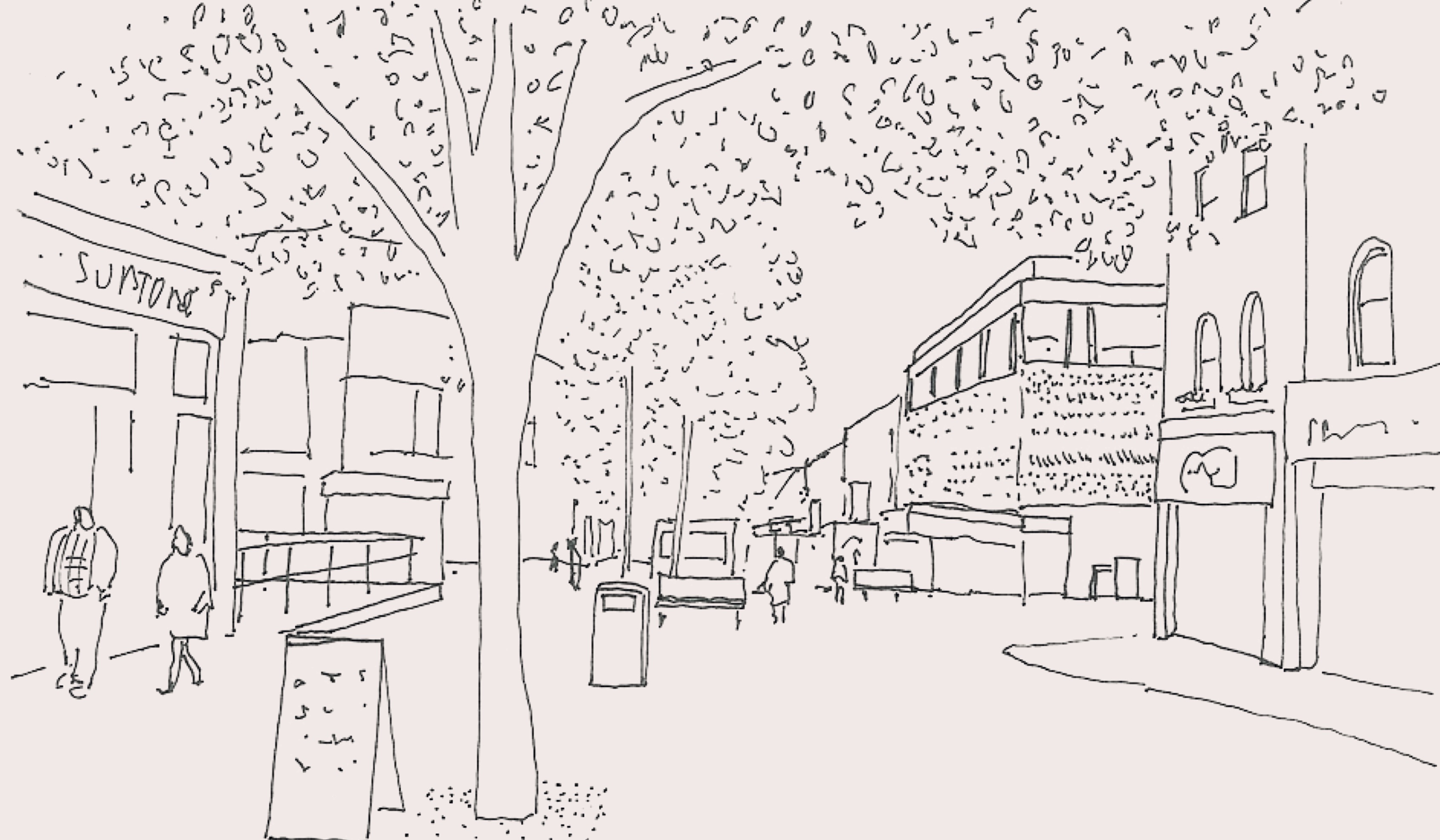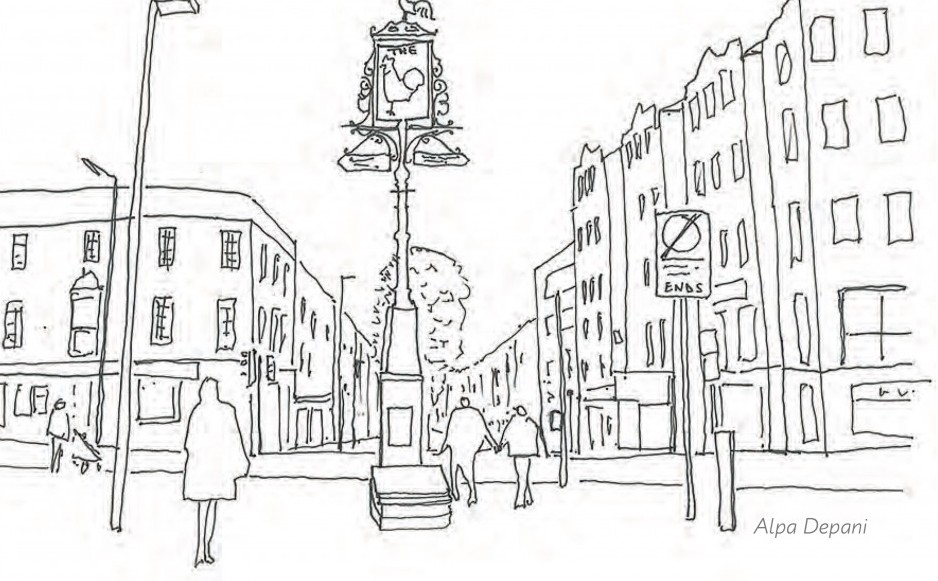Post
CHANGE: The London Society Journal 2021
1 Jun 2021
The London Society Chair Peter Murray introduces the headline theme for our 2021 Journal: Change
You can buy a copy of this year's Journal here. Or join the Society for just £10 and get receive a free copy.
As London is hit by the triple whammy of Covid-19, Brexit and the levelling up of the UK economy, we are inevitably going to see major structural change in the capital. In the face of potential reductions in commuting levels, population, investment and visitors it seems appropriate that the Society should choose ‘Change’ as its theme for the year’s programme.
Early on in the pandemic, I had a conversation with Alex Williams, director of City Planning at TfL, and he talked about the five scenarios that the transport authority was studying to see how they should respond. The first scenario was a quick bounce back to normality, something which after the recent spike in deaths and the threat of future variants of the coronavirus seems increasingly unlikely.
Second, he described a scenario where London has to fend for itself, there is a lack of investment in the capital and we see a situation similar to that of the post-war period when population declined and the economy struggled with the loss of employment in manufacturing and the docks. Third, was the idea that with the increase in home working we would see a rise in what he called “low- carbon localism” where we would all live and work more locally - a policy enunciated in a recent Society webinar by Carlos Moreno, the planner behind the idea ‘the Fifteen Minute City’ where all essential amenities are within a quarter of an hour’s walk from one’s home. Then came the concept of what Williams called the ‘remote revolution’ where significant numbers of people move to lower density areas beyond the M25, happy to commute further to find somewhere with space and clean air but do so less often. Finally came the idea that economic growth might even accelerate which he described as ‘agglomeration plus’.
Williams stressed the difficulties of forecasting in such a fast-changing environment and as we move to a time where the majority of the population will be vaccinated against future infections the debate about where and how we will work in the future still goes on. There is uncertainty about the reduction in population as a result of Brexit and Covid-19 - although we are seeing reductions in rental levels which are reportedly encouraging younger people back to the centre.
The impact on the areas most hard-hit is deep and likely to be long lasting. The City of London and Westminster have been ghost towns for over a year, retailers are evacuating the Central Activity Zone in droves, the damage done to the cultural sector is heartbreaking and the chances of a return to pre-pandemic levels of visitors seems a way off, given the slow progress of vaccination across the world and the fear of new variants.
While one can be pretty sure there will be an increase in home working in the future - an acceleration of changes that were happening before Covid-19 struck - if London is to retain its preeminent role as a global business centre, which is surely a prerequisite of the Prime Minister’s idea of Global Britain, then the centre must stay strong. It is encouraging to see the vigour with which the Corporation of London and Westminster Council are now responding to the challenge.
The London Society has always understood the continuum of the capital’s development and how the past informs the future. We have celebrated London’s resilience and its ability to adapt to changing circumstance.
We can take heart that the fundamental strengths of London as an international hub of commerce remain - the ease of business, our legal structure, our language and diversity of languages, the level of trust and our time zone. Only last December the Institute for Urban Strategies found that London remained one of the world’s most magnetic cities based on its ability to attract people, capital and global businesses.
As we are exhorted to build back better we should not forget that London is one of the greenest big cities in the world. 47 per cent is green and we enjoy over 3000 parks, spaces which will be of even greater significance in the post-pandemic world. The London Array is the largest wind farm in the world, the Ultra Low Emission Zone has hugely reduced pollution in the centre of the city and is due to be extended. The number of cycleways has doubled during 2020 and we are committed to being Zero Carbon by 2050. Oxford Street is being transformed into greener and more welcoming public spaces.
Although behind schedule, the Elizabeth Line will be a welcome boost to the London economy and movement, as will HS2 and the development of Old Oak Common. Areas of regeneration will surely continue such as the Olympic Legacy at Stratford, Greenwich Peninsula, Thamesmead, Meridian Water and White City. East London will be boosted by the move of the City Markets to Dagenham, by the development of new lm studios and the new Freeport. Underlying these physical changes is a real commitment to ensuring that as we do so we create a fairer, more diverse and equitable city, resilient, sustainable and inclusive.
We concur with the sentiment of Sir Christopher Wren which he carved on the south transept of St Paul’s after the twin catastrophes of the Great Plague and the Great Fire, “Resurgam” - “I shall rise again”.


